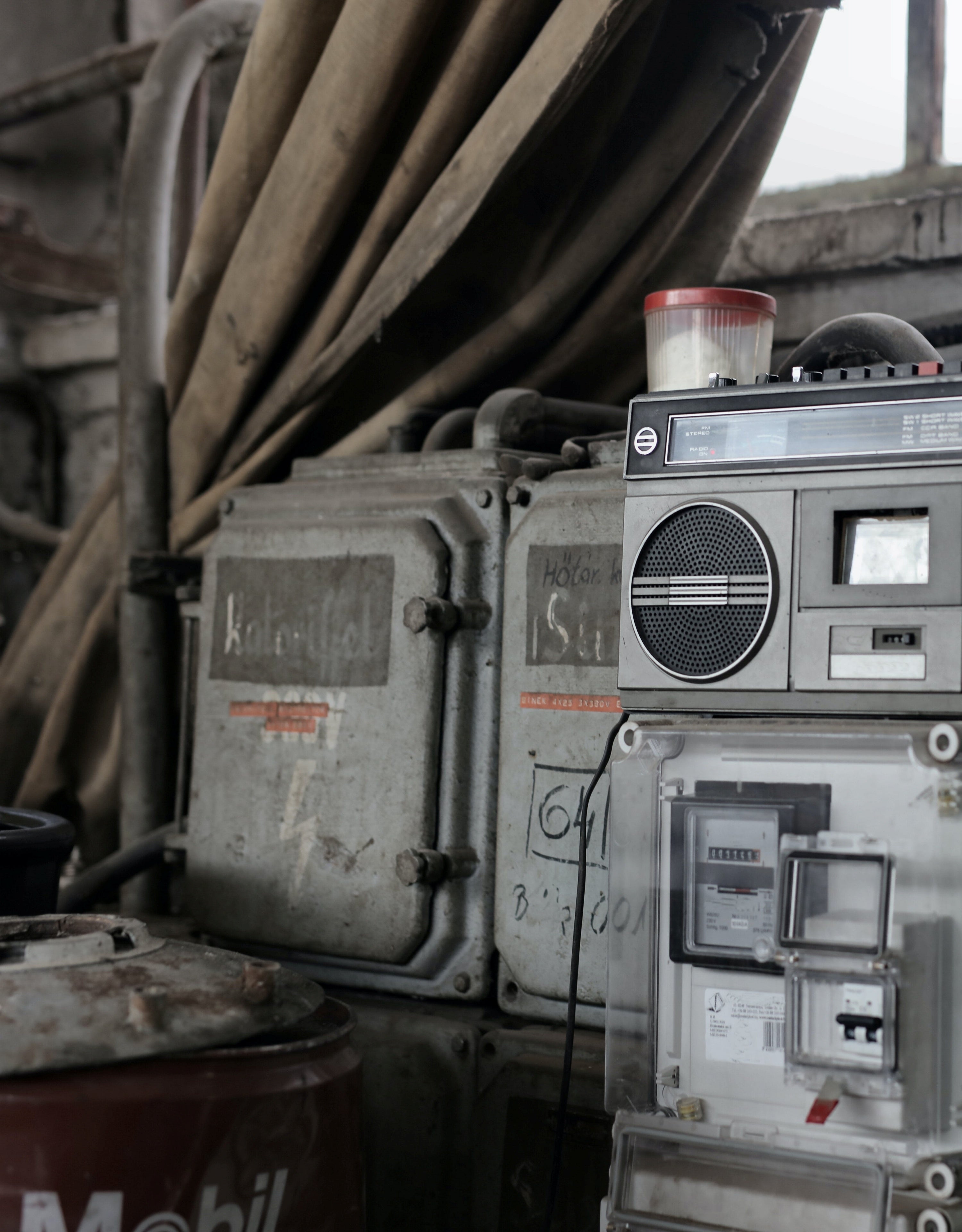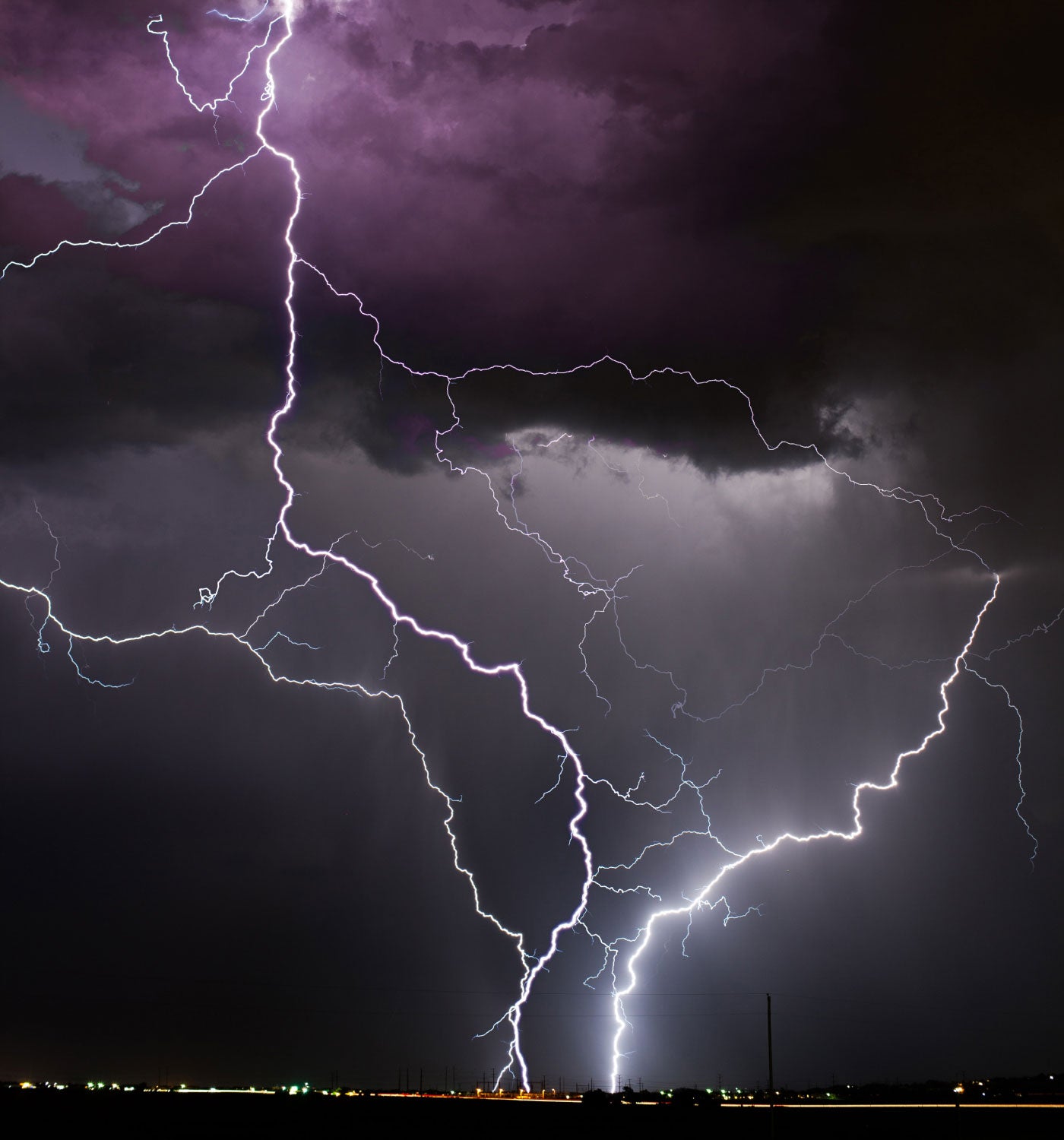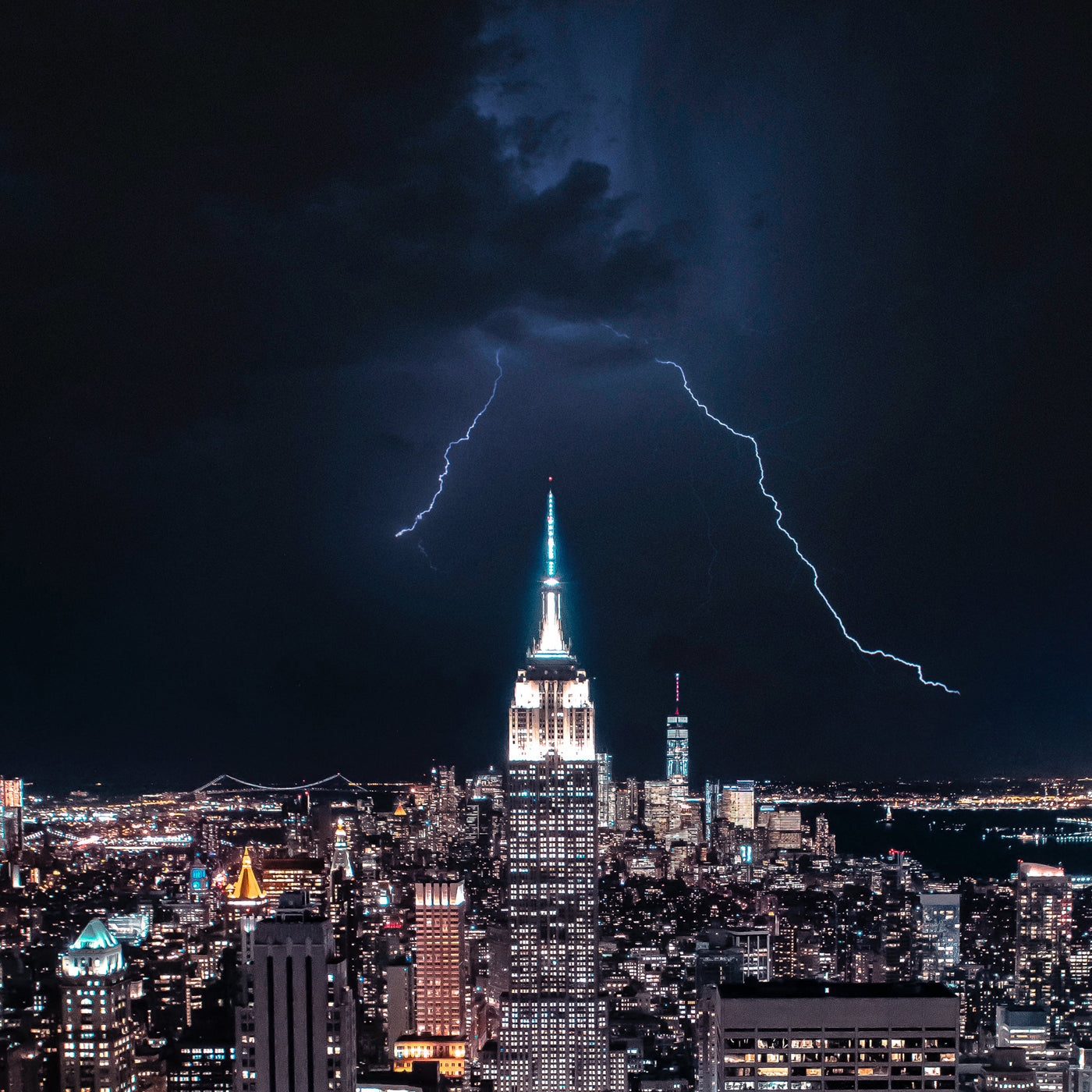
Technology
Surges and electricity quality
According to research results in the United States, more than 90% of electrical quality problems are related to surges, and 80% of surges occur inside buildings. Protective measures are needed to prevent damage from surges, which are a major cause of problems with electricity quality.
Lightning protection equipment is a primary protection measure to protect buildings and facilities from surges caused by lightning, and low-voltage surge protection devices are a secondary protection measure against lightning surges flowing into the building and protect facilities from switching surges occurring inside the building. It performs two protective roles.

Electricity quality
From the consumer's perspective, excellent electrical quality means that power, which is electrical energy connected to electrical, electronic, and communication devices through the current electrical outlet, is supplied without interruption and matches well with the load of the device, causing no inconvenience in use or performance. In technical terms, good electrical quality means that voltage, frequency, waveform, etc. are supplied stably within the standard range. If the voltage or frequency fluctuates significantly and the waveform is greatly distorted, it means the electrical quality is poor. If the quality of electricity is poor, devices may malfunction, and in severe cases, circuits may be damaged and not work. Korea's electricity quality is at the highest level in the world, from the power plant to the transmission and distribution lines, which are the sections managed by the Korea Electric Power Corporation.
However, after electricity enters the building, the consumer has no choice but to directly manage the quality of electricity in the process of connecting to the switchboard, distribution board, outlet, and equipment. ”According to the Korea Power Exchange, the cumulative voltage maintenance rate and frequency maintenance rate in 2021 show a very high level of 99.9%. This also means that consumers who receive electricity can use power facilities reliably, which increases user convenience and stability.”
[Source] Korea Electric Power Corporation Good Morning KEPCO 2022.10.20”.
Factors that cause voltage or current abnormalities include surges, and factors that cause frequency abnormalities include instantaneous voltage drop (SAG) and instantaneous voltage rise (SWELL), and harmonics are a phenomenon that causes waveform distortion. In order to operate important facilities or equipment, it is necessary to monitor in real time what problems occur in electricity quality, and appropriate protective measures must be prepared to resolve or prevent each problem.
SURGE
Summary
Surges, commonly referred to as impulses, spikes, noise, etc., are electrical fluctuations of high voltage and large currents that appear and disappear for a very short period of time (several ns to μs). Depending on the cause, surges can be divided into lightning surges caused by lightning and switching surges generated when turning on/off the power switch of facilities or equipment inside a building. If lightning strikes a building (direct lightning), it travels through the lightning rod. Approximately 50% of the struck lightning energy escapes to the ground through the grounding point, and the remaining 50% flows into the building through gas pipes, water pipes, communication lines and power lines. Meanwhile, even when lightning strikes near a building, lightning energy can flow into the building (induced lightning) along the ground or tracks.
Low voltage surge protective device (SPD Surge Protective Device)
Depending on the cause and size of the surge, surge can cause fatal damage or malfunction to electrical, electronic, and communication facilities. When the effects of the surge accumulate, the system or component parts are damaged by electrical insulation breakdown and deterioration. Leading to the transition to the digital age, digital devices are convenient to use due to their fast response speed and small size, but many parts are made up of semiconductor elements and are more vulnerable to surges than analog devices, so there is a greater risk of damage or malfunction from programming errors. Additionally, as all equipment is connected to a network, damage to one equipment will also affect other equipment.
Therefore, in the digital age, lightning protection equipment against lightning and high-voltage system lightning arresters (LA, SA), which are surge protection measures in the analog era, are not sufficient, and additional low-voltage surge protection devices (SPD) are needed. In particular, low-voltage surge protection devices are the only protective measures against lightning surges flowing into buildings and switching surges caused by switch operation.


Lightning Protection
Summary
Lightning protection refers to knowledge or means to prevent damage from lightning and, in the event of a lightning strike, reduce the damage to a minimum. The target of lightning protection equipment according to the building equipment standards is buildings with a risk of lightning strikes or buildings with a height of 20m or more.
Lightning protection equipment
Lightning protection equipment is largely composed of three parts: lightning rod (air-termination part), down-conductor, and grounding. The air-termination part is a lightning protection system that uses metal objects such as lightning rods and mesh conductors for the purpose of capturing lightning, and the down-conductor is grounding the lightning current from the air-termination part. It is a facility that allows lightning current to flow into the system. Grounding is to allow lightning current to flow to the ground and be discharged.
